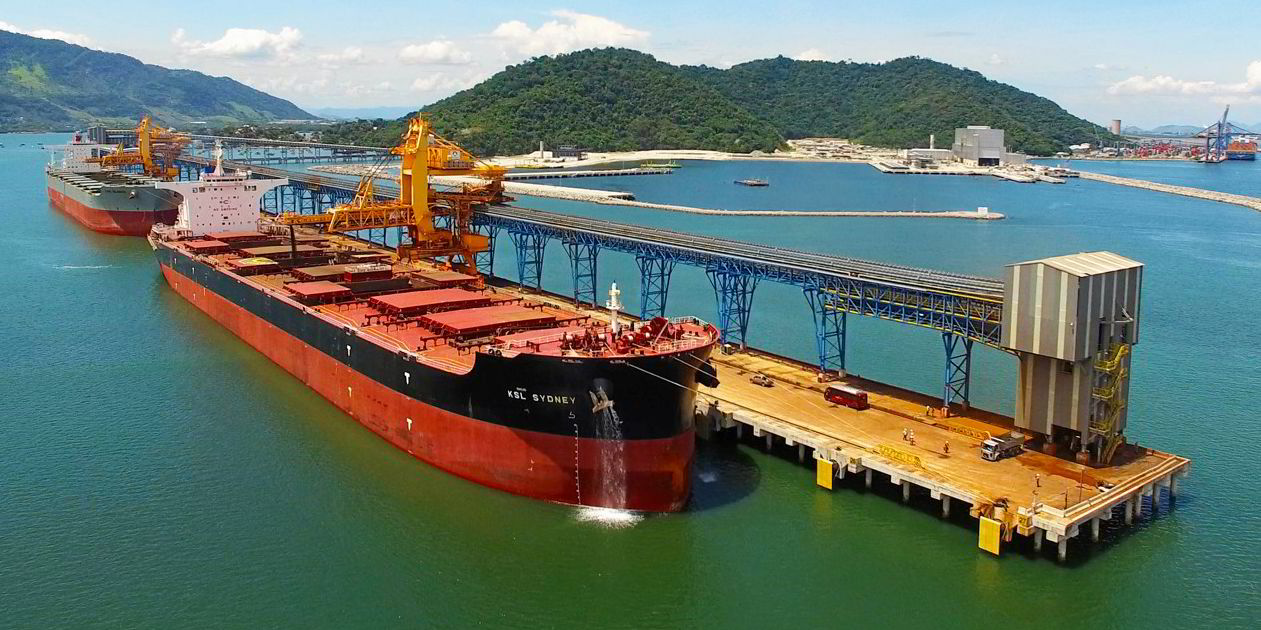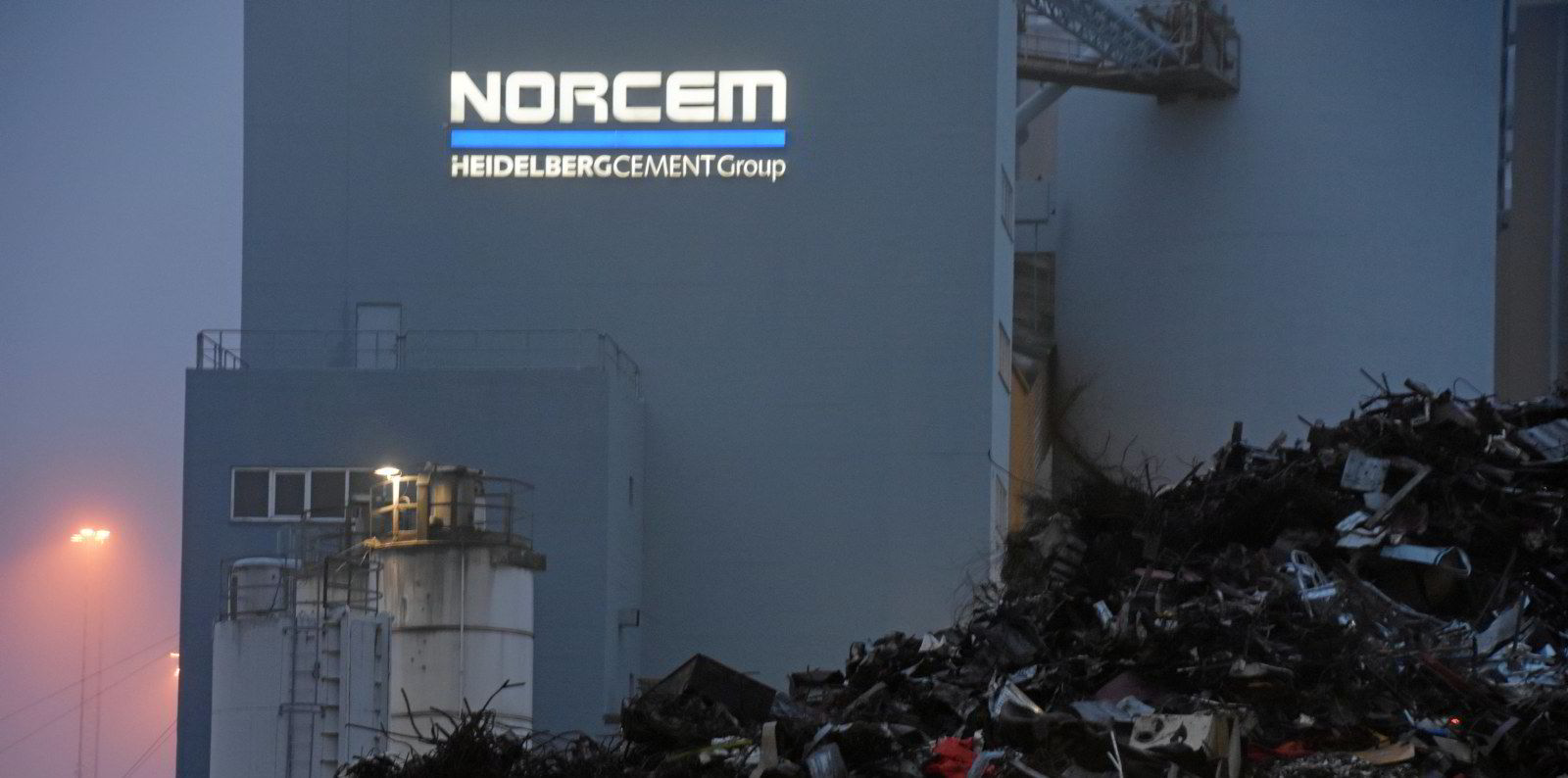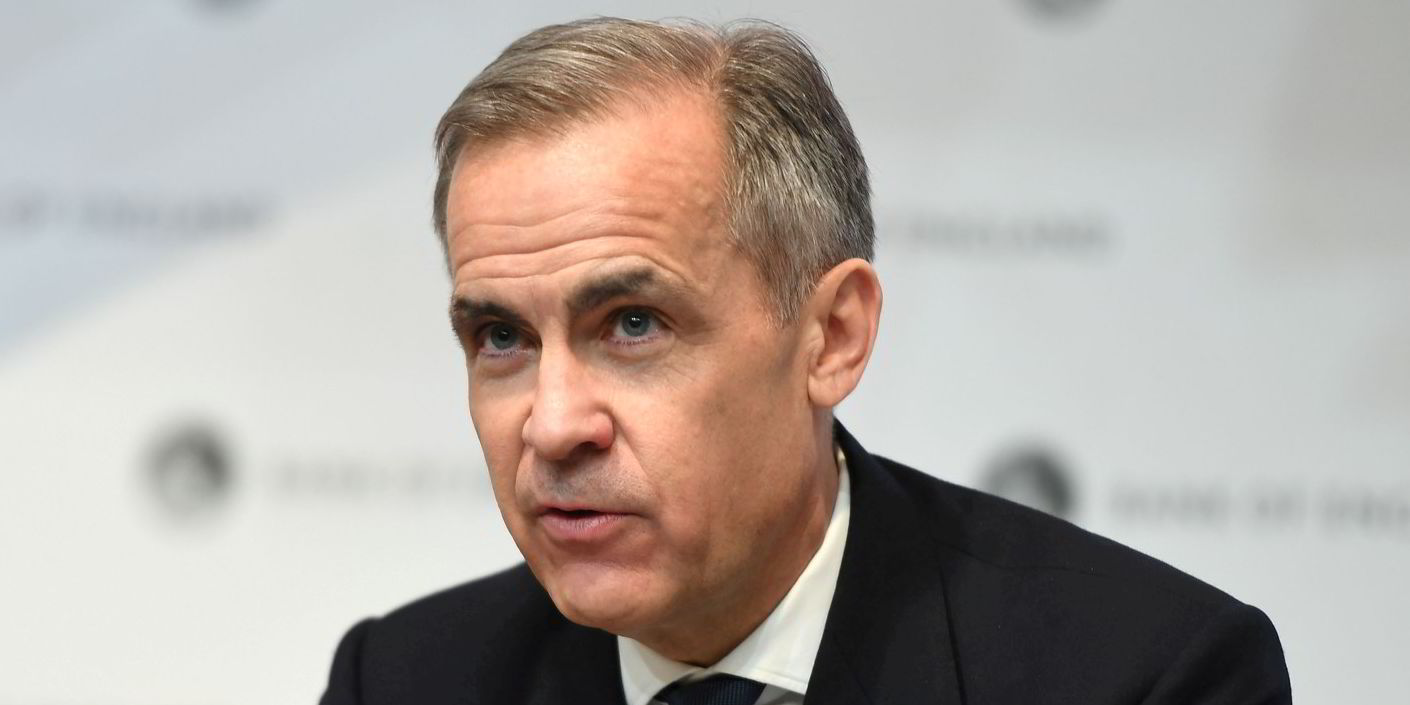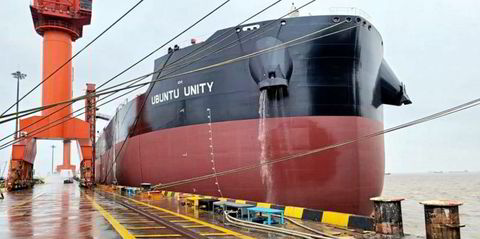Trafigura has succeeded in cutting emissions from its owned vessels — now it is targeting big cuts for its vast chartered fleet.
The Swiss trading giant revealed in its 2020 responsibility report that total CO2 emissions rose to 11.87m tonnes in 2020, from 8.26m tonnes the year before.
Shipping accounts for 58% of its greenhouse gas (GHG) emissions.
The company is seeking to improve fuel performance, minimise bunker usage and improve operational efficiency across the fleet.
Its target is to reduce operational GHG emissions by at least 30% by the end of financial year 2023, compared with 2020 levels.
That would cover Scope 1 output involving direct emissions and Scope 2 emissions involving purchased energy, which means a sustainable reduction of more than 1m tonnes of CO2.
The group intends to set a target for Scope 3 emissions by its 2023 financial year. Scope 3 includes various indirect carbon outputs.
Scope 1: Direct emissions from owned or controlled sources.
Scope 2: Indirect emissions from purchased energy sources.
Scope 3: Various other indirect emissions in a company’s value chain.
Shipping makes up 70% of Scope 3 output for the group.
A spokeswoman told TradeWinds: “An enormous amount of work is underway by Trafigura’s shipping and chartering teams to reduce emissions. The vast majority of our emissions from shipping come under Scope 3, as the majority of our fleet is chartered.”
Trafigura is one of the world’s largest charterers, responsible for more than 4,000 voyages annually.
The new 30% reduction target refers to Scope 1 and 2 emissions, the spokeswoman explained.
“Only a tiny proportion of these are from shipping, as they’re from our owned fleet. However, we are pursuing reductions from these ships as part of our 30% target,” she added.
The real focus for shipping now is on reducing Scope 3 emissions, and the company will be setting a reduction target within three years, she said.
Process improvement
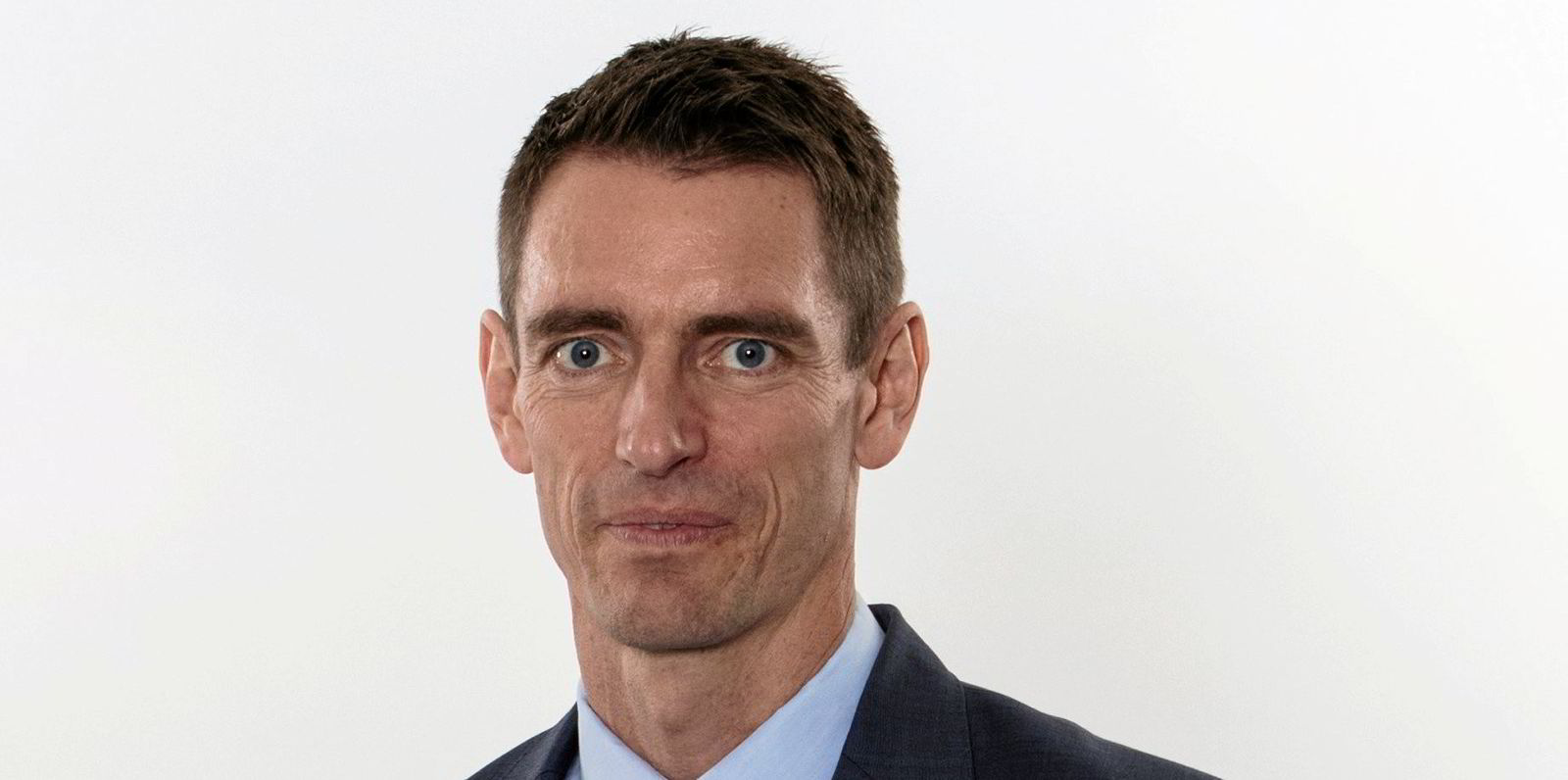
The ships in use, the fuels that power them and the related infrastructure all need to change, Trafigura believes.
The IMO’s declared ambition is to bring total annual emissions down to at least 50% of the 2008 level by 2050.
“We will play an active role in helping to achieve at least these targets,” Trafigura said.
A marine expert has been added to the health, safety, environmental and community team to build Trafigura’s ability to “provide support for process improvements and to pinpoint emission reduction opportunities, such as vessel optimisation, course adjustments and steaming speeds”.
The company uses slow steaming and weather routing to cut fuel use, and is establishing processes that will see it charter more fuel-efficient bulkers.
Trafigura began a trial last year of RightShip’s A to G GHG rating system for dry cargo charters. The trader is excluding F and G-rated vessels from its fleet.
Modelling suggests bulker emissions can be reduced by around 11% through these measures.
Operational control
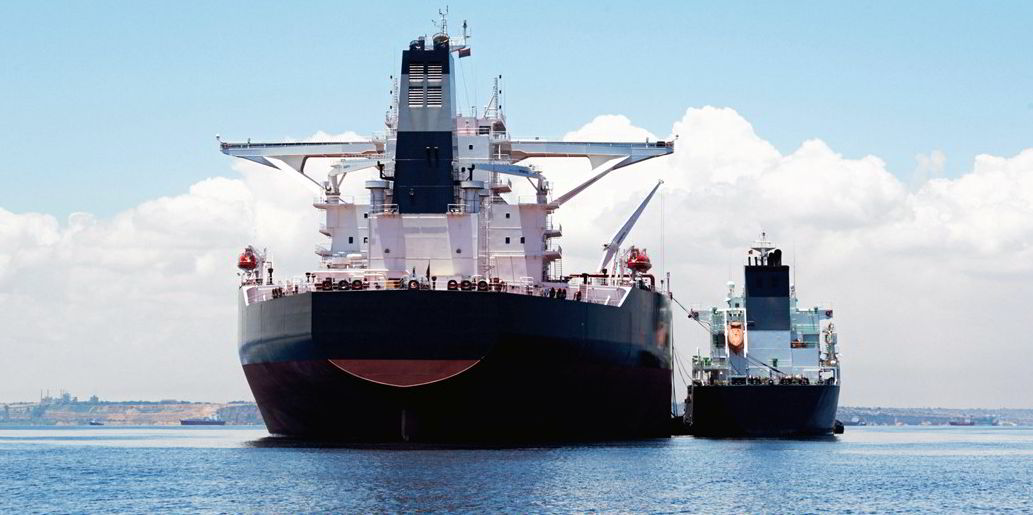
In 2020, Trafigura cut 16% of Scope 1 emissions from its owned fleet of 35 vessels, mainly due to the sale of 16 units.
“While there is some degree of operational control over the chartered fleet, we have no control over investments which could improve fuel efficiency. We therefore categorise all chartered vessels as generating Scope 3 emissions,” the company said.
Total Scope 1 and 3 emissions from the fleet were 8.88m tonnes of CO2 last year, up 12% from 2019.
This was due to a 22% rise in Scope 3 figures from the time-chartered and spot tanker fleet, as voyages and floating storage capacity grew in a volatile year.
The hike was partly offset by a 10% reduction in dry Scope 3 GHG emissions over the same period due to the global pandemic and market conditions that affected demand and volumes.
“We are also continuing to work with the industry to reduce global shipping emissions, including through our IMO proposal on introducing a carbon levy,” the company spokeswoman added.
Trafigura believes an international carbon pricing system will help incentivise low-carbon innovation, leading to rebates for owners.
“Shipping emissions are proving particularly difficult to reduce meaningfully,” the company added.
“In fact, global shipping emissions continue to rise. Our industry needs to look at radical measures to help close the competitiveness gap between carbon-intensive fuels and low or zero-carbon alternatives.”
